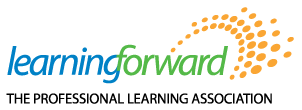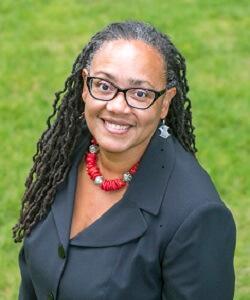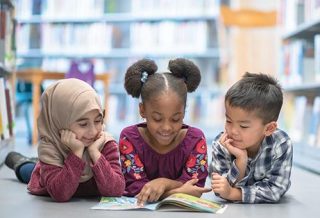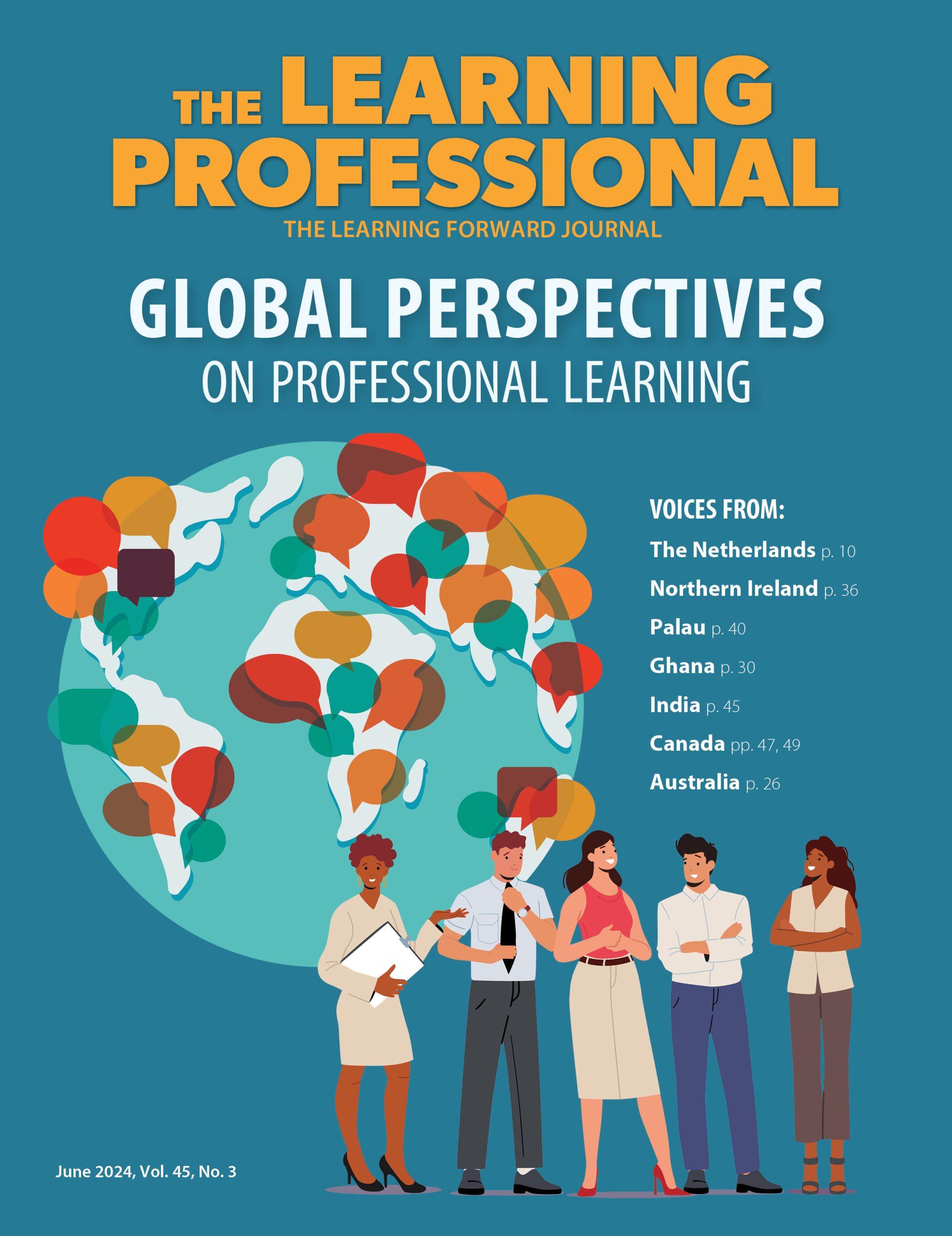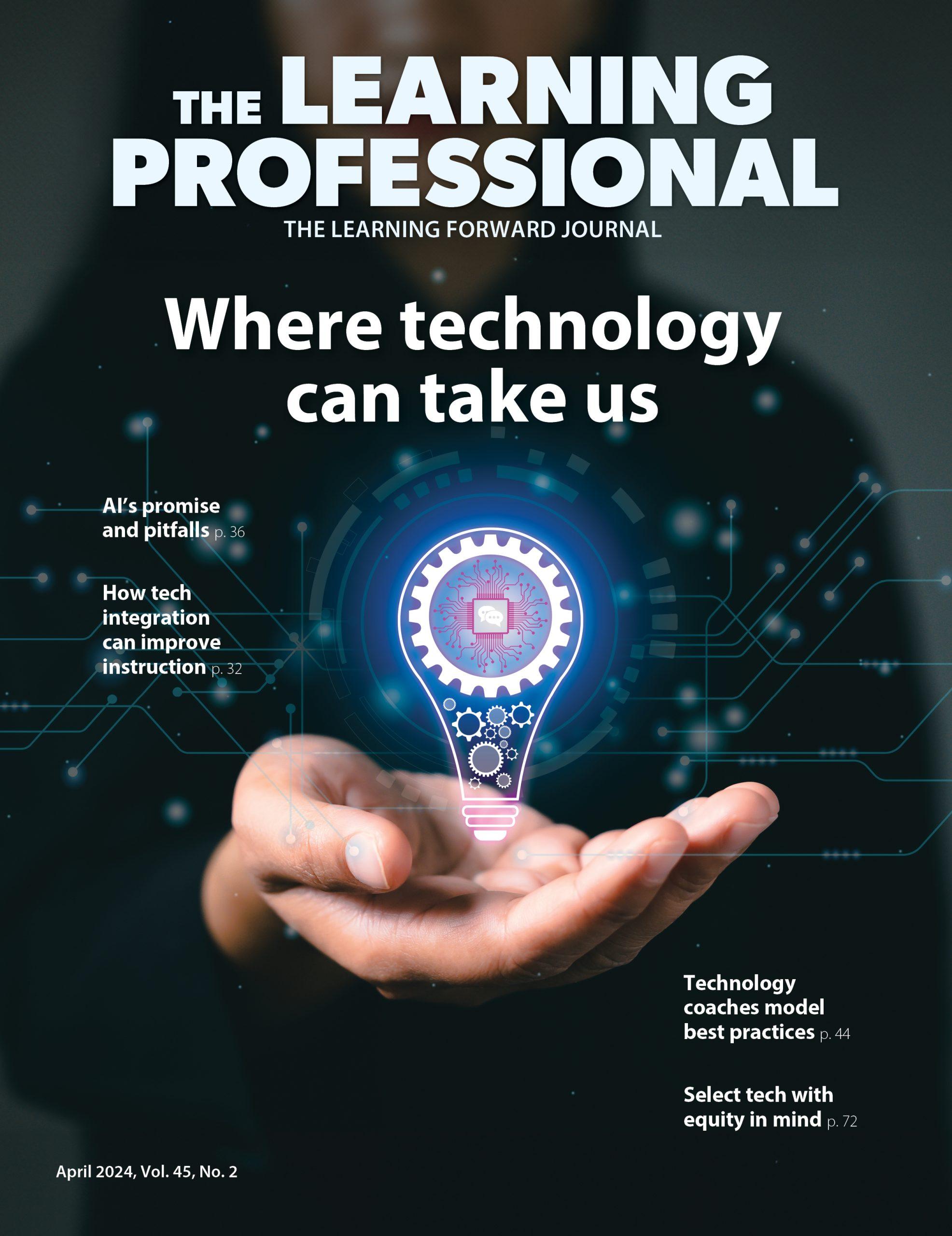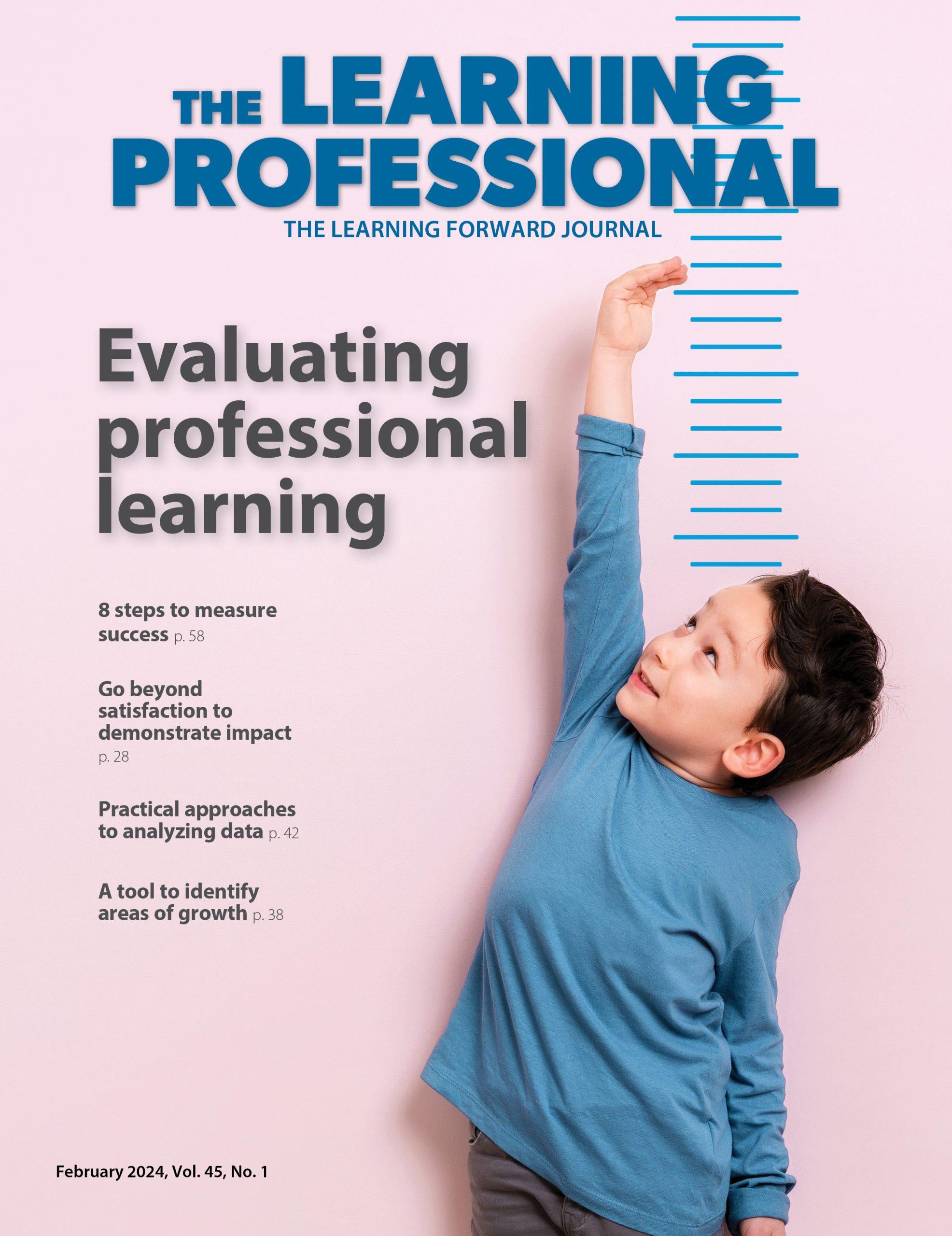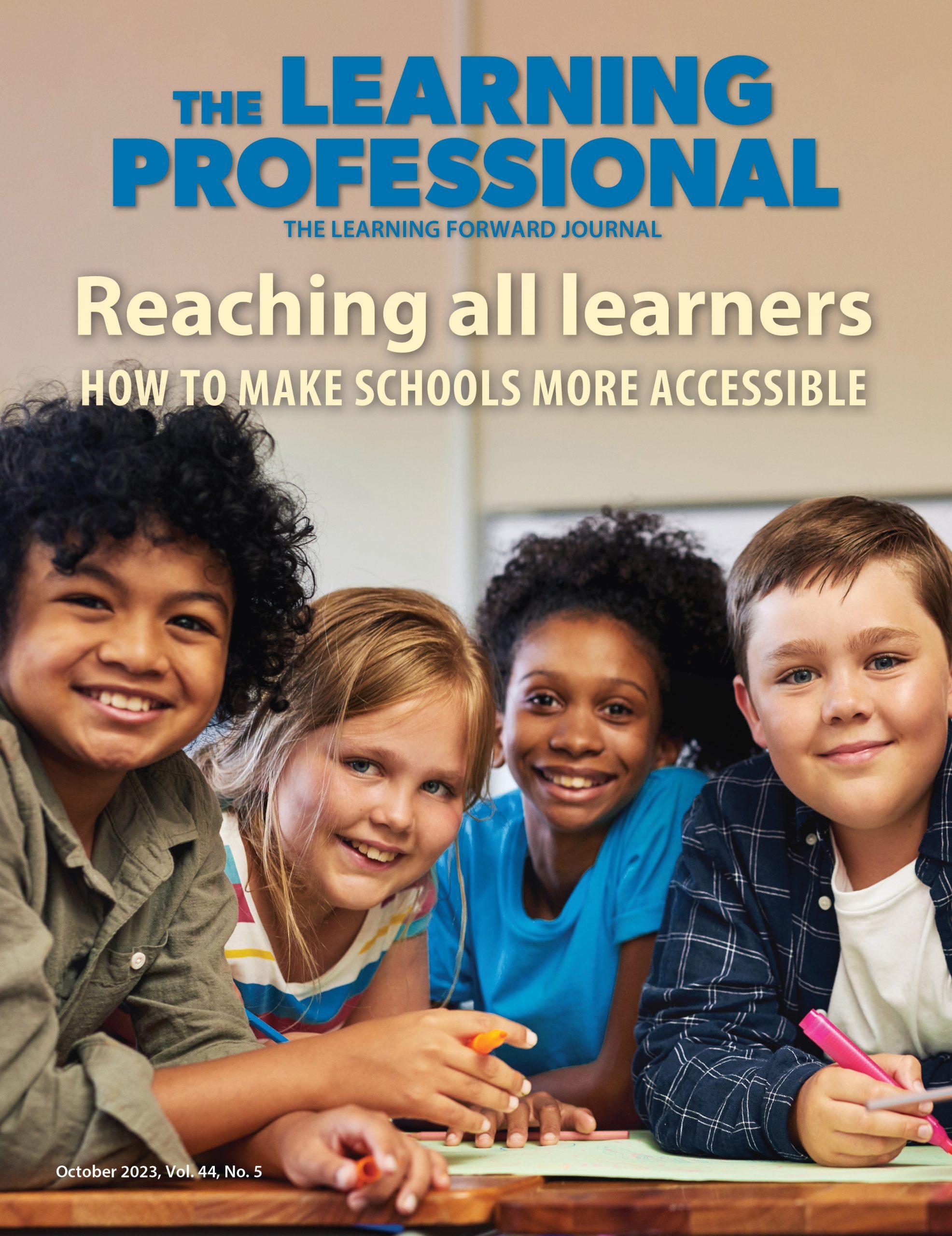FOCUS
An opportunity for equity
By Sonia Caus Gleason and Jill Harrison Berg
Categories: Equity, Learning systems/planning, OutcomesJune 2020
Vol. 41, No. 3
Read the remaining content with membership access. Join or log in below to continue.
Sed ut perspiciatis unde omnis iste natus error sit voluptatem accusantium doloremque laudantium, totam rem aperiam, eaque ipsa quae ab illo inventore veritatis et quasi architecto beatae vitae dicta sunt explicabo. Nemo enim ipsam voluptatem quia voluptas sit aspernatur aut odit aut fugit, sed quia consequuntur magni dolores eos qui ratione voluptatem sequi nesciunt. Neque porro quisquam est, qui dolorem ipsum quia dolor sit amet, consectetur, adipisci velit, sed quia non numquam eius modi tempora incidunt ut labore et dolore magnam aliquam quaerat voluptatem.
References
Berg, J.H. & Gleason, S.C. (2018). Come together for equity: Rework beliefs, actions, and systems through professional learning. The Learning Professional, 39(5), 25-27. learningforward.org/journal/october-2018-vol-39-no-5/come-together-for-equity.
Brooks, R.A. (2020, April). African-Americans struggle with disproportionate COVID death toll. National Geographic Society. www.nationalgeographic.com/history/2020/04/coronavirus-disproportionately-impacts-african-americans
Centers for Disease Control and Prevention. (2020). COVID-19 in racial and ethnic minority groups. Washington, DC: Author. www.cdc.gov/coronavirus/2019-ncov/need-extra-precautions/racial-ethnic-minorities.html
Hanks, A., Solomon, D., & Weller, C.E. (2018, February 21). Systematic inequality: How America’s structural racism helped create the black-white wealth gap. Center for American Progress. www.americanprogress.org/issues/race/reports/2018/02/21/447051/systematic-inequality
Hannah-Jones, N. & Elliott, M. (Eds.). (2019). The 1619 Project. The New York Times. www.nytimes.com/interactive/2019/08/14/magazine/1619-america-slavery.html
National Board for Professional Teaching Standards. (2016). What teachers should know and be able to do (2nd ed.). Arlington, VA: Author.
Rho, H.J., Brown, H., & Fremstad, S. (2020, April 7). A basic demographic of workers in frontline industries. Center for Economic and Policy Research. cepr.net/a-basic-demographic-profile-of-workers-in-frontline-industries
Categories: Equity, Learning systems/planning, Outcomes
Recent Issues
WHERE TECHNOLOGY CAN TAKE US
April 2024
Technology is both a topic and a tool for professional learning. This...
EVALUATING PROFESSIONAL LEARNING
February 2024
How do you know your professional learning is working? This issue digs...
TAKING THE NEXT STEP
December 2023
Professional learning can open up new roles and challenges and help...
REACHING ALL LEARNERS
October 2023
Both special education and general education teachers need support to help...
